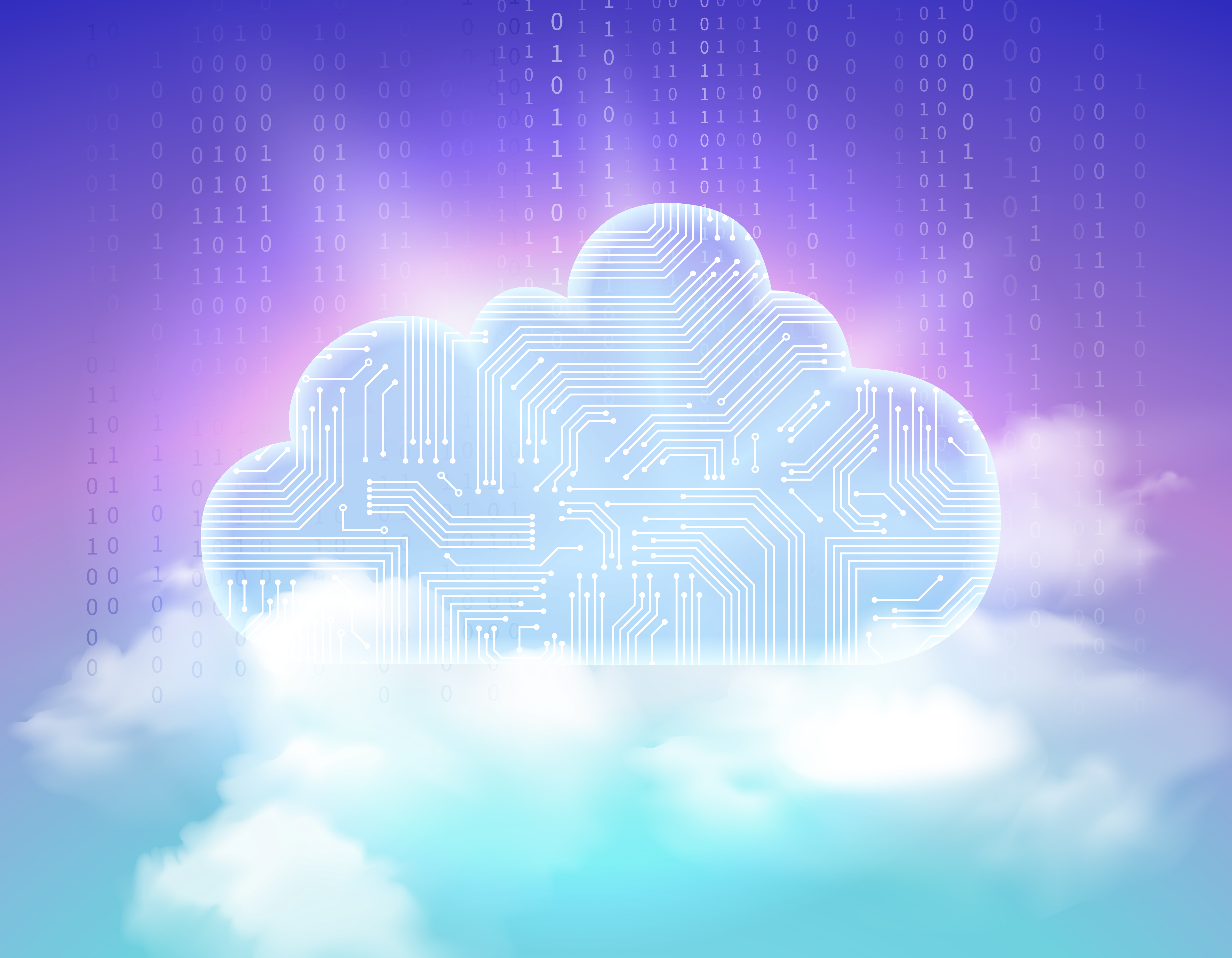

Artificial Intelligence (AI) and Automation are two of the most influential forces driving change across industries. These technologies are transforming how businesses operate, improving efficiency, and reshaping job roles. To fully grasp their impact, it is essential to understand what they are, how they function, and how they differ from one another.
What is Artificial Intelligence (AI)?
Artificial Intelligence refers to the development of computer systems capable of performing tasks that typically require human intelligence. These tasks include learning from data, making decisions, recognizing speech, and understanding natural language. AI can be categorized into several subfields, including:
AI is designed to simulate human reasoning and problem-solving capabilities, making it a powerful tool in various sectors.
What is Automation?
Automation refers to the use of technology to perform tasks with minimal human intervention. Unlike AI, which focuses on intelligent decision-making, automation is primarily rule-based and follows predefined instructions to complete repetitive tasks. It can be classified into:
Automation increases efficiency by reducing human effort, minimizing errors, and streamlining operations.
Key Differences Between AI and Automation
While AI and automation are often used interchangeably, they serve different purposes:
|
Feature |
Artificial Intelligence (AI) |
Automation |
|
Function |
Simulates human intelligence and decision-making |
Follows predefined rules and processes |
|
Flexibility |
Can adapt and learn from new data |
Performs repetitive tasks without adaptation |
|
Examples |
Chatbots, self-driving cars, fraud detection systems |
Assembly line robots, automated email responses |
AI is dynamic and capable of evolving, while automation remains static and follows a fixed set of instructions. However, the integration of AI into automation is giving rise to intelligent automation, which enables businesses to operate with greater autonomy and efficiency.
Understanding these distinctions helps industries leverage the right technologies to optimize their operations. The following sections will explore how AI and automation are transforming different sectors, their benefits, and the challenges they present.
AI and Automation Across Various Industries
Artificial Intelligence (AI) and automation are revolutionizing industries by enhancing efficiency, reducing operational costs, and optimizing processes. These technologies are being widely adopted across multiple sectors, each benefiting from their unique capabilities. Below, we explore how AI and automation are transforming key industries.
a. Manufacturing
The manufacturing industry has been one of the earliest adopters of automation, with robotics and AI-driven systems streamlining production lines.
While automation has reduced the need for human workers in some roles, it has also created demand for specialized jobs in programming, robotics maintenance, and system supervision.
b. Healthcare
AI is playing a transformative role in healthcare, improving diagnostics, patient care, and administrative efficiency.
Despite these advancements, ethical concerns regarding patient privacy and the need for human oversight in AI-driven healthcare decisions remain key challenges.
c. Finance and Banking
The financial industry has embraced AI and automation to enhance security, improve customer experience, and streamline operations.
While AI enhances security and efficiency, concerns about algorithmic biases and job displacement in traditional banking roles remain significant.
d. Retail and E-commerce
Retailers and e-commerce platforms leverage AI and automation to personalize customer experiences and optimize inventory management.
These innovations enhance customer convenience, but they also raise concerns about data privacy and the impact on traditional retail jobs.
e. Transportation and Logistics
The transportation industry is undergoing a major shift with the integration of AI and automation in vehicles and supply chains.
While these advancements promise a more efficient transportation system, they also raise regulatory and safety concerns.
f. Education
AI is reshaping education by enabling personalized learning experiences and streamlining administrative tasks.
Despite these benefits, human interaction remains crucial in education, as AI cannot fully replace the mentorship and emotional support provided by teachers.
g. Customer Service and Support
AI and automation are transforming customer service by improving response times and enhancing user experiences.
While AI improves customer service efficiency, maintaining a balance between automation and human interaction remains a challenge for businesses.
AI and automation are reshaping industries by increasing efficiency, reducing costs, and improving decision-making. While these technologies offer significant benefits, they also introduce challenges such as job displacement, ethical concerns, and regulatory hurdles. The next section will explore the overall advantages of AI and automation, as well as the challenges industries must address to ensure a balanced and sustainable future.
Benefits of AI and Automation in Modern Industries
The integration of Artificial Intelligence (AI) and automation in various industries has led to remarkable improvements in efficiency, cost reduction, and innovation. These technologies have reshaped business operations, helping companies stay competitive in a rapidly evolving digital landscape. Below are some of the key benefits AI and automation provide across different sectors.
a. Increased Efficiency and Productivity
One of the most significant advantages of AI and automation is their ability to enhance productivity by handling repetitive and time-consuming tasks.
By reducing the time spent on routine operations, companies can allocate resources more efficiently, leading to increased overall productivity.
b. Cost Reduction and Operational Savings
AI and automation help businesses cut costs by optimizing resource allocation and minimizing waste.
Businesses that leverage AI and automation effectively can significantly reduce operational expenses while maintaining high performance and efficiency.
c. Improved Accuracy and Decision-Making
AI-powered systems eliminate human errors and enhance accuracy in various processes, leading to better outcomes.
Additionally, AI-driven decision-making tools provide businesses with data-driven insights that help in strategic planning, risk assessment, and market analysis.
d. Enhanced Customer Experience and Personalization
AI has transformed customer interactions by making services more personalized and accessible.
By leveraging AI, companies can provide tailored experiences that enhance customer satisfaction and loyalty.
e. Scalability and Business Growth
AI and automation allow businesses to scale their operations without proportional increases in costs.
Organizations that adopt AI-driven automation can scale their operations efficiently, staying ahead of competitors and adapting to market changes seamlessly.
The benefits of AI and automation are transforming industries by boosting productivity, reducing costs, improving accuracy, enhancing customer experiences, and enabling scalability. However, as industries embrace these technologies, they must also address the challenges they present, such as job displacement, ethical considerations, and security risks. The next section will delve into these challenges and explore how businesses can navigate the complexities of AI and automation responsibly.
Challenges and Concerns of AI and Automation in Industries
While Artificial Intelligence (AI) and automation offer numerous benefits, their widespread adoption also presents several challenges. Businesses and policymakers must address these concerns to ensure that AI-driven automation leads to sustainable and ethical advancements. Below are some of the most pressing challenges and potential solutions.
a. Job Displacement and Workforce Adaptation
One of the primary concerns surrounding AI and automation is the potential loss of jobs. As machines take over repetitive and manual tasks, some roles may become obsolete.
Potential solutions:
b. Ethical and Bias Issues in AI Decision-Making
AI systems rely on data to make decisions, but if the data is biased or flawed, AI can reinforce existing inequalities.
Potential solutions:
c. Security and Privacy Risks
AI-driven automation involves processing vast amounts of personal and business data, raising concerns about cybersecurity and privacy.
Potential solutions:
d. High Implementation Costs
Adopting AI and automation can be expensive, especially for small and medium-sized businesses (SMBs).
Potential solutions:
e. Dependence on AI and Loss of Human Oversight
Over-reliance on AI-driven automation can lead to a lack of human oversight, increasing the risks of errors and unintended consequences.
Potential solutions:
Although AI and automation offer remarkable advantages, they also pose significant challenges, including job displacement, ethical biases, security risks, high costs, and over-reliance on technology. Addressing these challenges requires a collaborative effort between governments, businesses, and technology developers. The final section will explore the future of AI and automation, predicting upcoming trends and how industries can prepare for the evolving technological landscape.
The Future of AI and Automation in Industries
As Artificial Intelligence (AI) and automation continue to evolve, they are set to redefine industries at an unprecedented pace. While businesses have already experienced significant benefits and challenges, the future promises even more transformative changes. This section explores the key trends, predictions, and ways industries can prepare for an AI-driven future.
a. Expansion of AI and Automation Across More Industries
AI is currently prevalent in industries such as manufacturing, healthcare, finance, and retail, but its adoption is expected to expand into new areas.
As AI becomes more accessible and affordable, businesses across diverse sectors will leverage automation to improve productivity and decision-making.
b. The Rise of Human-AI Collaboration
Rather than fully replacing human jobs, AI is expected to enhance human capabilities by working alongside professionals in various fields.
Organizations that embrace human-AI collaboration will be able to maximize efficiency while maintaining the irreplaceable value of human creativity and critical thinking.
c. Advances in AI Ethics and Regulation
As AI adoption grows, governments and organizations will develop stronger ethical guidelines and regulatory frameworks to ensure responsible AI usage.
By integrating ethical considerations into AI development, companies can build trust with customers and stakeholders while mitigating potential risks.
d. The Evolution of Autonomous Systems
Autonomous technologies, such as self-driving cars, AI-powered drones, and robotic process automation (RPA), will continue to evolve, leading to more sophisticated applications.
As autonomous systems become more refined, industries will witness increased efficiency, reduced human errors, and enhanced convenience.
e. The Need for a Future-Ready Workforce
The rise of AI and automation will require industries to invest in workforce transformation to ensure employees remain relevant in the changing job market.
By proactively preparing their workforce, businesses can ensure smooth transitions into an AI-powered future while minimizing job displacement concerns.
The future of AI and automation is filled with exciting possibilities and complex challenges. Industries will see wider AI adoption, greater human-AI collaboration, stronger ethical regulations, and advances in autonomous systems. To thrive in this evolving landscape, businesses must embrace responsible AI development, continuous learning, and ethical decision-making. While AI will reshape industries, the human element will remain crucial in ensuring these technological advancements drive positive and sustainable progress.